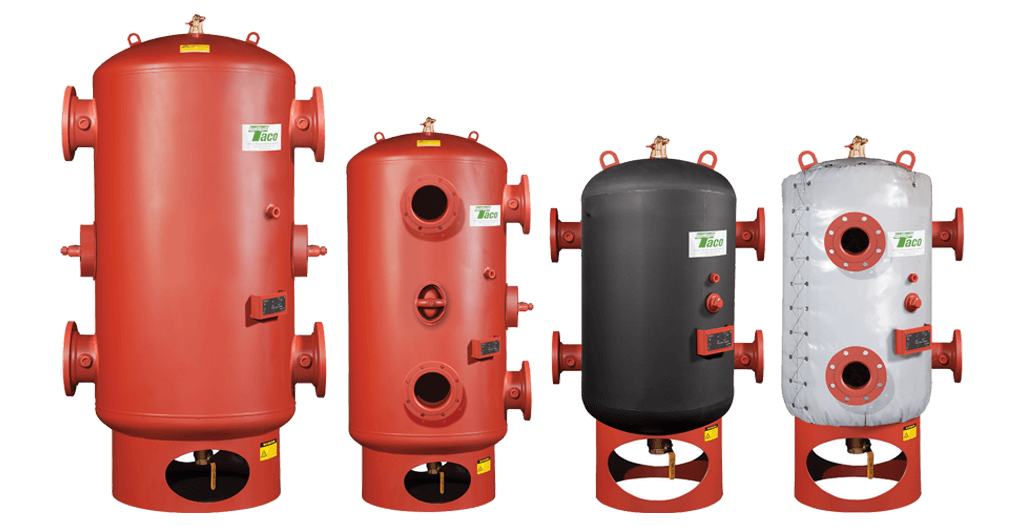

It was not until World War I, however, that tanks were first produced and used in war. In 1872, he obtained a patent for “propelling a road locomotive employing endless flat linked pitch or other chains passing round the rims of the main moving wheels." Joseph Hawker developed the idea for the modern tank. They provide heavy firepower in the form of large guns and mounted machine guns. So, this was our in-depth guide on tank materials.Tanks are armored fighting vehicles made for fighting wars in rough terrain. The most significant disadvantage of these tanks is that they are susceptible to corrosion without regular refurbishment. These tanks were built to hold capacities from about 30,000 liters to millions of liters of water. In the 70s and 80s, all industrial storage tanks were made up of galvanized steel – a zinc coating that protects the steel from corrosion. The most exciting part about poly tanks is that they can be recycled at the end of their service life. So, no sealants are used to join any part of the tank. Poly tanks are usually made in one single piece and don’t have any joints or seams. No heavy equipment is required to install or relocate these tanks. Additionally, these tanks are lightweight and extremely easy to handle. The best part is that these tanks don’t suffer from rust or corrosion, unlike metal and concrete. Being made up of polyethylene, these tanks are non-corrosive and are designed for long life.

While there are plenty of options available, the best material for water tanks is plastic. Unarguably, these tanks are one of the most versatile tanks available in the market currently. Stainless Steel Water Storage Tanks – Doing justice to the name, these tanks are made up of stainless steel.Rainwater collection is one common use of polyethylene tanks. Polyethylene Tanks – These are made up of plastic and are perfect for those who are tight on budget and don’t need a tank with a large capacity.Typically, they’re used to store caustic water, which includes waste, potable, and rainwater storage. Above-ground storage tanks may not have a high storage capacity, but they comfortably serve the purpose. Above-Ground Storage Tanks – These tanks are either made up of concrete or fiberglass.These tanks are strong and durable and remain unaffected from Lyme leaching. Carbon Welded Steel Tanks – These are water storage tanks that are made up of carbon welded steel.Being highly versatile, fiberglass is used by many commercial industries. Underground Fiberglass Tanks – As the name suggests, these underground tanks are made up of fiberglass, which is resistant to corrosion.3 What are Old Tanks Made of? What Materials are Tanks Made of?


 0 kommentar(er)
0 kommentar(er)
